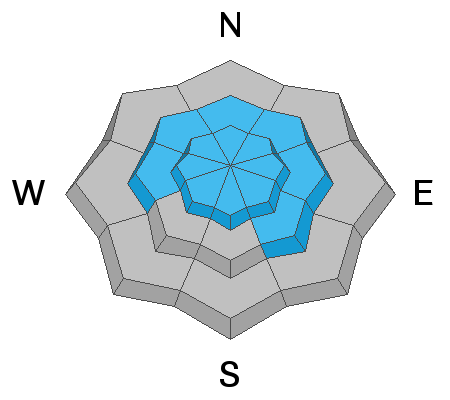Forecast for the Salt Lake Area Mountains

Issued by Trent Meisenheimer on
Thursday morning, February 25, 2021
Thursday morning, February 25, 2021
Today we will have a scary MODERATE avalanche danger on many slopes at the mid and upper elevations. The avalanche danger is most prevalent on the northwest to north to east-facing slopes where there is weak faceted snow with stronger snow above and in areas where the snowpack is shallower. It will remain possible for a human to trigger a large and deadly avalanche today. As always, keep an eye out for any slope that has been affected by recent winds.
Travel Advice: Careful snowpack evaluation, cautious route-finding, and conservative decision-making skills are still required today.
Cornices are large and should be avoided. Give these yawning giants a wide berth if traveling on or below ridgelines.

Low
Moderate
Considerable
High
Extreme
Learn how to read the forecast here








